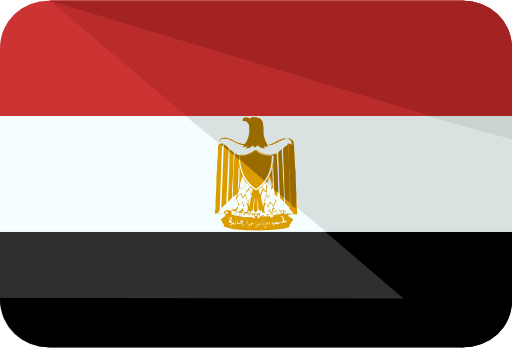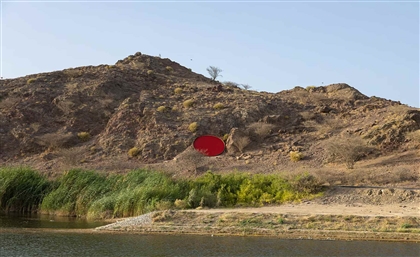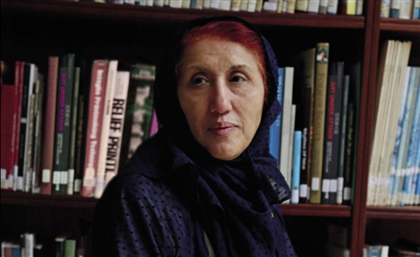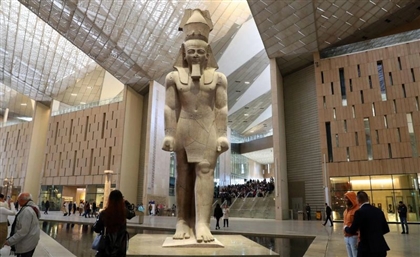This Palestinian Initiative Digitally Recreates Art Lost to Genocide
If all the parts of Theseus’ ship are gradually replaced, is it still the same ship? If an artwork exists only as a digital image, is it still the same, or has it become something new?
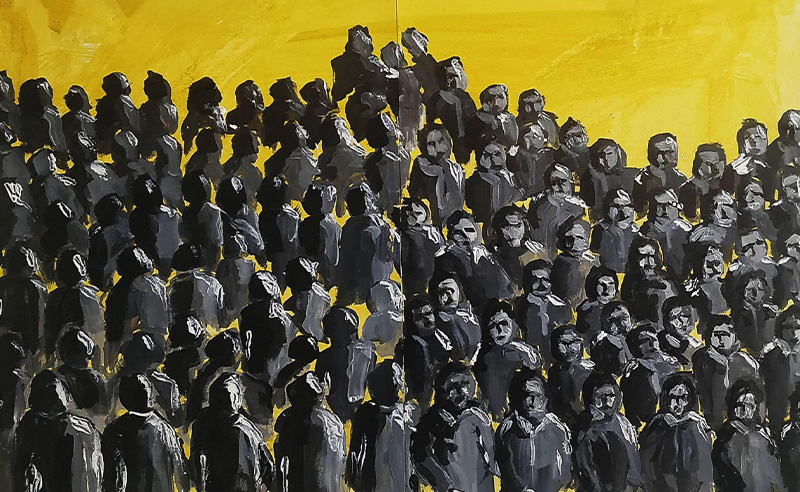
In a world where art often seeks permanence and immortality, what happens when entire bodies of work are erased, not through the quiet decay of time, but by deliberate, systematic destruction? In Palestine, the answer unfolds through the initiative DNA: A Code of Life and Identity, spearheaded by ArtZone Palestine. This ambitious project does not merely document loss; it resurrects the erased, reimagines memory, and challenges the very ontology of artistic existence.
For decades, Palestinian art has been subject to both systemic erasure and episodic obliteration. From the Nakba of 1948 to the present war on Gaza, archives, museums, and personal collections have been destroyed. Yet, in this forced silence, ArtZone Palestine finds a voice.
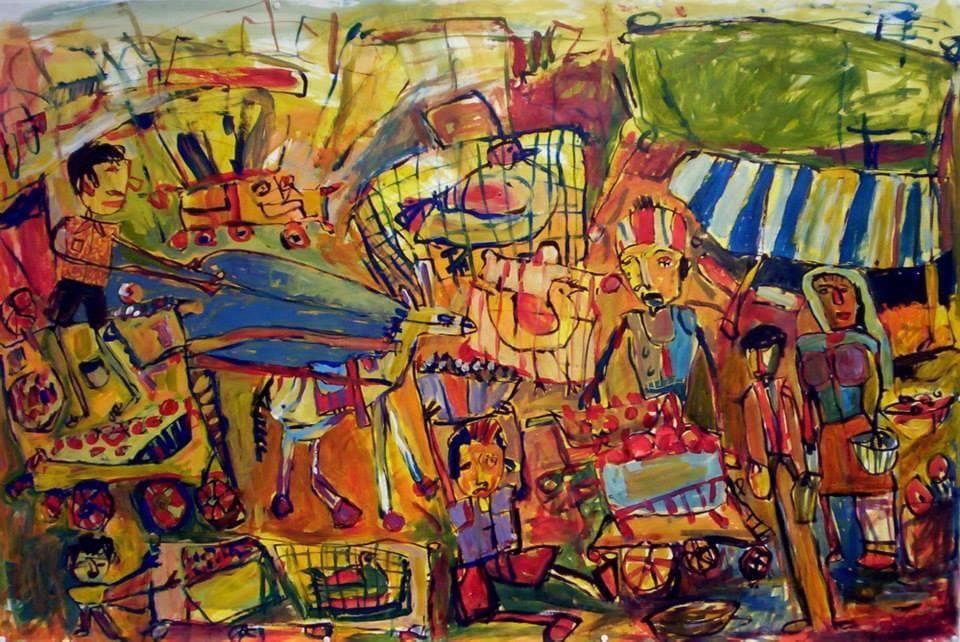 At the core of DNA is a radical proposition: what if the digital remnants of obliterated artworks could serve as their DNA, allowing them to be reborn in new forms? This project, which showcases approximately 800 digital images of lost works, is not just an exhibition; it is a defiant act of survival.
At the core of DNA is a radical proposition: what if the digital remnants of obliterated artworks could serve as their DNA, allowing them to be reborn in new forms? This project, which showcases approximately 800 digital images of lost works, is not just an exhibition; it is a defiant act of survival.
"The 'DNA' initiative is not merely about preserving images of lost artworks; it's about confronting cultural annihilation and asserting our identity," says Mahmoud Abohashash, an advisory member of ArtZone Palestine. "By engaging with these digital remnants, we challenge the forces that seek to erase our existence and narratives."
The lost paintings, sculptures, and installations within DNA exist not as passive records but as active materials for reinvention—palimpsests layered with history and new possibilities. Digital replication, often dismissed in traditional art discourse, is transformed here into a lifeline. The digital realm does not merely archive; it reactivates, allowing new engagements, new audiences, and new meanings to emerge.
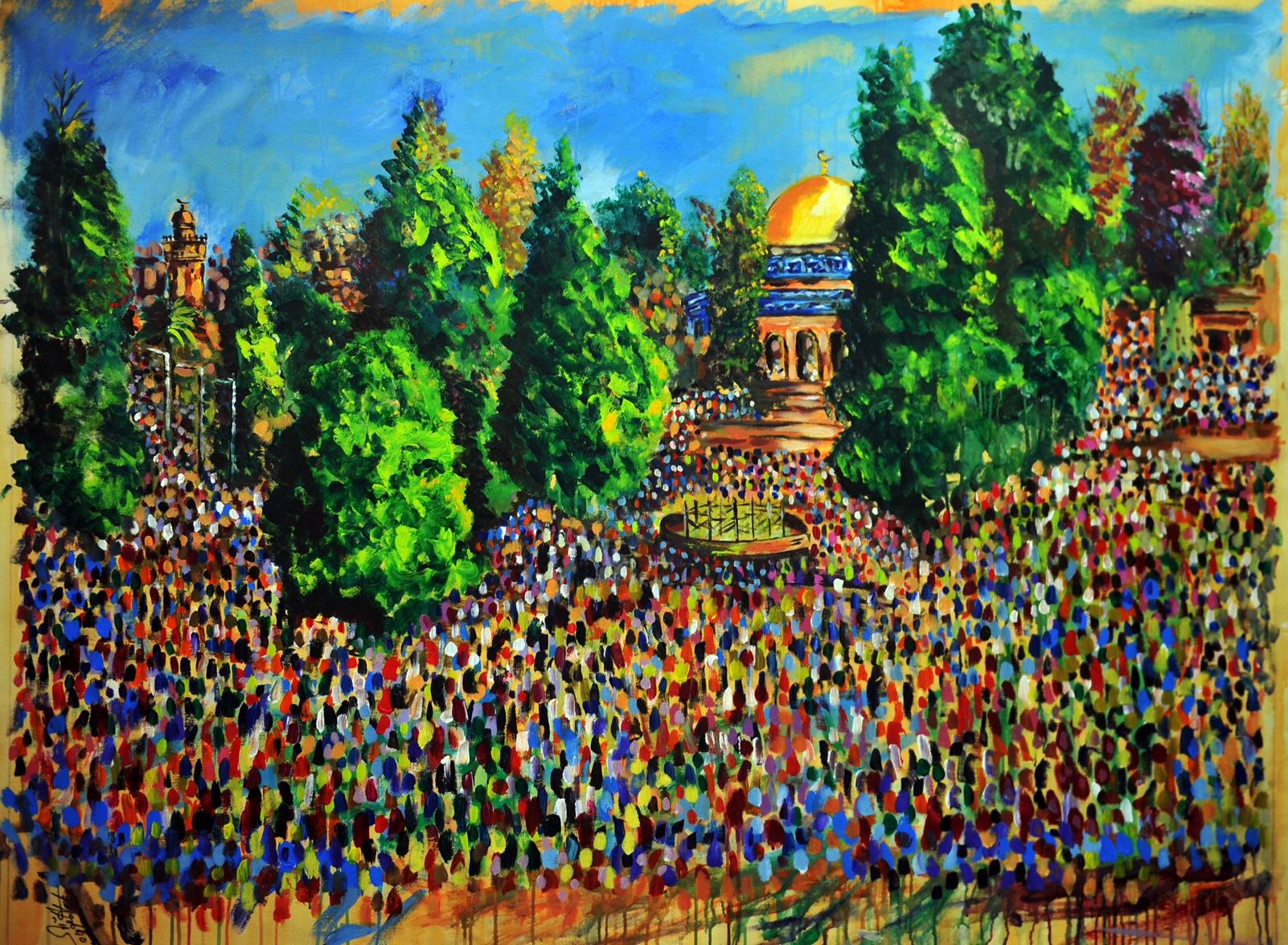
Abohashash reflects on this shift: "These works live on, not as secondary copies but as primary artifacts of resilience. They carry within them the history of their own erasure. Their presence in the digital space is not a shadow of what once was, but a new form of existence that challenges our notions of originality. Anyone can now have a piece at home that reminds them of what humanity had to suffer and is a witness to one of the most brutal episodes in human history."
The erasure of Palestinian art is not just about the physical destruction of canvases, sculptures, and archives; it is an assault on the knowledge systems that sustain cultural identity. If an artwork exists only through digital remnants, oral testimony, or collective memory, does that knowledge retain its validity? If a painting was burned, but we know it once existed, does that knowledge make the loss any less real—or does it transform the painting into something that still "exists" in memory?
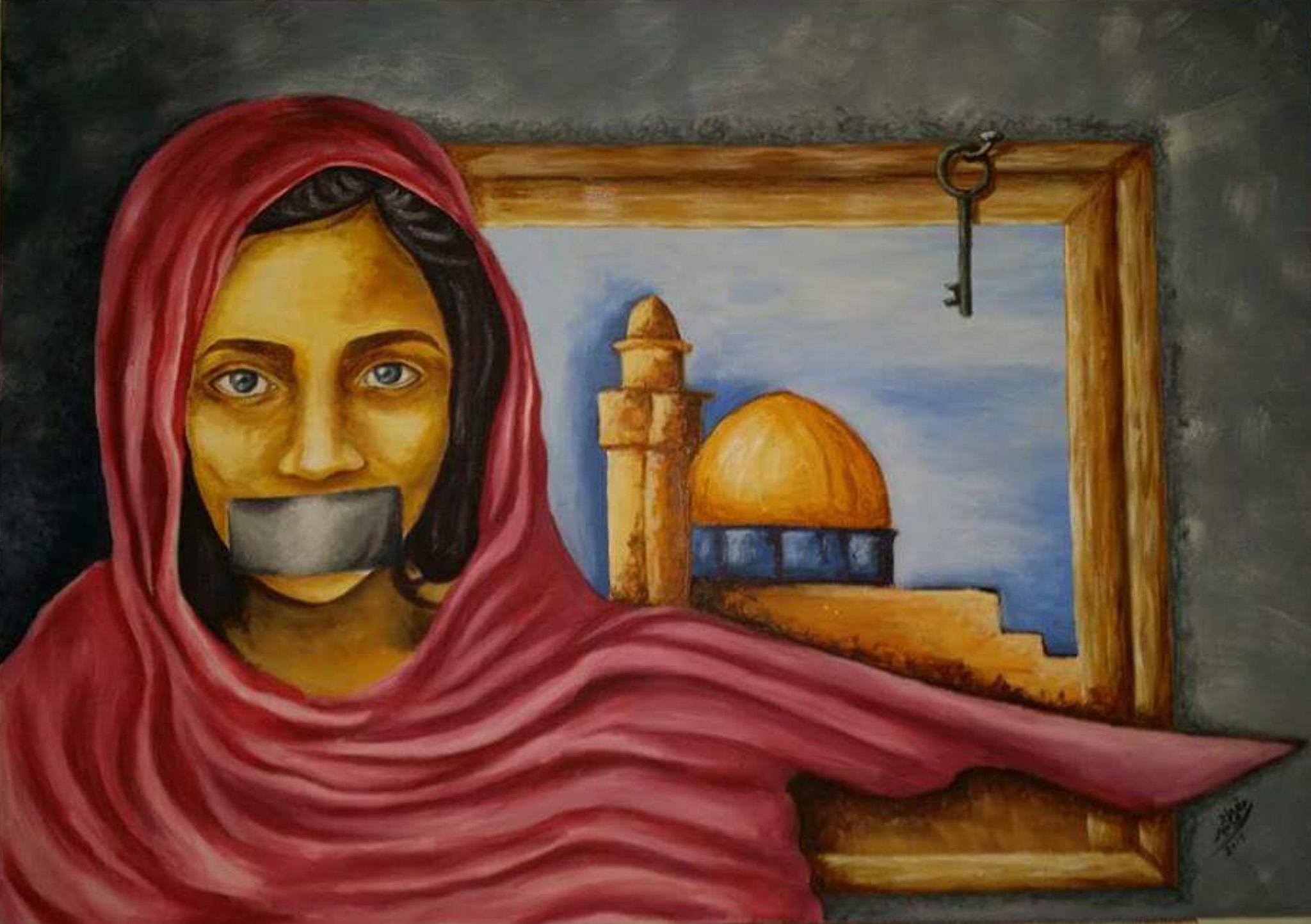
It is difficult to know if Israeli soldiers looted artworks from the homes they raided—assuming any of them even place value on Palestinian art. As ArtZone Palestine states on their website: "The very notion of going to fight 'human animals' contradicts the idea of seizing artworks created by these 'animals,' as that would remove from the victim the inhuman label that justifies the executioner’s unspeakable savagery."
The looting of cultural artifacts is a historical constant in times of war and occupation. The removal of art is an erasure of identity, a deliberate dismemberment of a people’s heritage. But in Palestine, there is an added paradox: the very act of stealing Palestinian art would necessitate acknowledging its value—a contradiction to the dehumanization that justifies destruction.
All that remains of these lost works are images saved by their owners on mobile phones or laptops. DNA is not just a collection of images to be viewed and forgotten; it holds layered, invisible stories and questions.
 "This is an evolving, participatory endeavor. The project invites artists, writers, and thinkers to engage with these lost works, to create from their absence, and to envision futures where art is not just recorded but reactivated," Abohashash tells CairoScene.
"This is an evolving, participatory endeavor. The project invites artists, writers, and thinkers to engage with these lost works, to create from their absence, and to envision futures where art is not just recorded but reactivated," Abohashash tells CairoScene.
This approach mirrors the broader Palestinian experience: an ongoing negotiation between memory and reinvention. Traditional historiography seeks to fix the past in place, but Palestinian memory—like DNA—functions in a fluid, living relationship with history.
The destruction of art is an attempt to erase cultural presence. DNA subverts this by ensuring that lost works remain in memory and active circulation, taking new forms through digital engagement and reinterpretation.
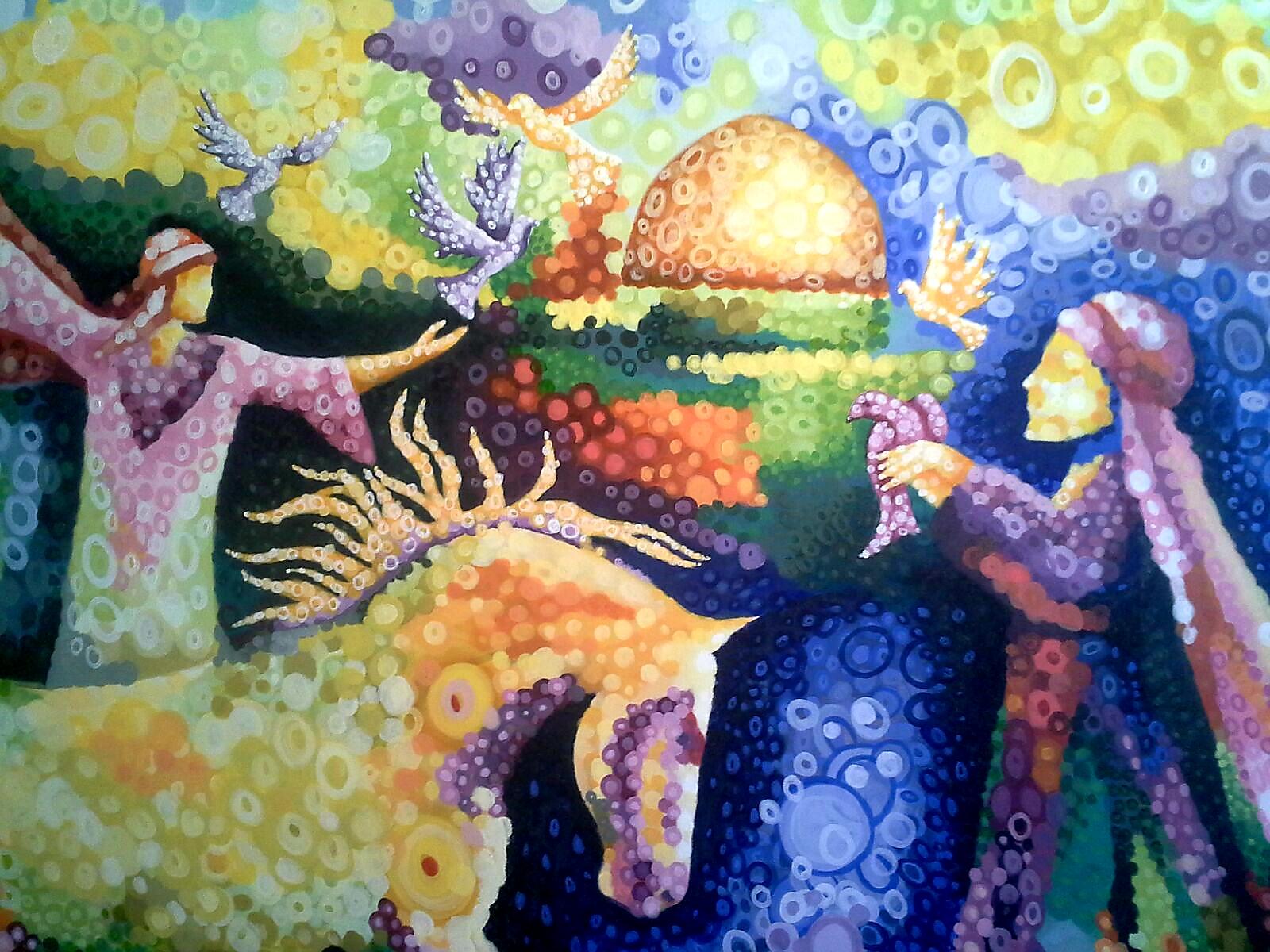
A central question remains: does an artwork that exists only digitally retain its essence, or has it become something fundamentally different? In an era where the digital is often dismissed as ephemeral, it paradoxically grants a kind of permanence that physical works lack. If an artwork is digitized, shared, and replicated indefinitely, has it died—or has it achieved immortality?
If an artwork can be infinitely copied, does it lose its singularity? In the case of DNA, replication is not a dilution; it is survival. The digital copies are not weaker than the originals; they are their afterlives, their testimonies. Why do we continue to place value on rarity rather than the art itself? The digital sphere, often dismissed as intangible, paradoxically offers a new kind of permanence.
Unlike physical works, which can be burned, bombed, and obliterated, digital works are replicable ad infinitum—just like the immortality of the Palestinian cause.
"We are not just recovering images," Abohashash asserts. "We are recovering the very right to remember."
In a world obsessed with the permanence of things, DNA offers a counter-narrative: an insistence that what is lost can still live, that what is erased can still speak, and that art, like memory, is never truly gone—it merely awaits its next incarnation.
- Previous Article Dhaba Lane Launches 1KG 24-Karat Gold Kulfa Lassi for AED 30
- Next Article SELECTS: Stripping it Back with Egyptian Stylist Lamia Rady
Trending This Week
-
Apr 19, 2025

